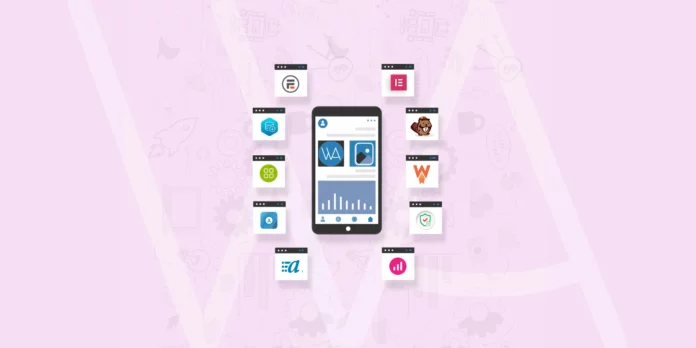Online training has emerged as the need of the hour in 2020. As most of us are forced to stay within our homes, there is little choice left but to switch to a completely online model of training.
While online training was already being practiced before it was an absolute necessity, mostly self-paced learning was delivered on the web.
Even organizations that employed a blended training approach that combines self-paced learning with instructor-led sessions, were mostly conducting the latter in a physical location with instructors and learners present.
However, since doing so isn’t possible anymore, online instructor-led sessions have taken precedence.
If you are an instructor or a teacher, or even a learning administrator trying to facilitate an instructor-led session for your organization, the single most important tool that you need is a quality web conferencing software.
Thankfully, video conferencing software has been around for many years and we have had plenty of time to improve it.
However, the training capabilities of these applications haven’t been in the limelight for the longest time, and they have been viewed merely as collaboration tools.
As a result, choosing a training focussed video conferencing tool can prove to be a tricky task.
Don’t worry, this article will make it easier for you. Read on to find out what to look for in a video conferencing software when your objective is to deliver training.
Check For User-Friendliness
While purchasing any software-based service, evaluating the user-friendliness of the product is of utmost importance. In the case of video conferencing software for training, this becomes even more critical.
User-friendliness is so important here because it’s not just you that will be using the video conferencing software. You also have to ensure that the user interface is simple enough for your training audience.
Consider how many steps are involved in downloading the software and jumping on a conference call? Consider the complexity of these steps. Keep in mind, complex software can even drive your learners away.
Make Sure You Get Learning-Specific Features
This one is a little obvious.
Learning-specific features, like the ability to automatically record training sessions, screen sharing, synced presentations, multi-cam capabilities, and whiteboards are critical to delivering an engaging training session that closely resembles a traditional instructor-led session.
While many of these features are standard most video conferencing software, it is important to create a checklist of features that you need, and then evaluate each of your potential choices on the basis of your checklist.
Check For Compatibility With Existing Tools
If you are delivering online training, chances are, you may already be using other eLearning tools like learning management systems (LMS) and eLearning authoring tools.
If that is the case, make sure your video conferencing software is compatible with them.
Consider this scenario, you deliver a live session and then record it for learners that couldn’t be present during the live stream. In order to upload it to your learning management system, you need to ensure that the recorded video is in a compatible format.
This is where the compatibility of the two software becomes important. If both are indeed compatible, you will not have to go through the hassle of converting the video to different formats to make it usable.
Evaluate Customer Support
Finally, evaluating customer support is crucial. Once again, this is because in some cases, even your learners may need the support of the product team to be able to connect to one of your lectures.
It is your job to ensure they will be met with a helpful and prompt support experience.







This article is definitely relevant right now with the majority of the corporate world (and those in education) needing to use video conferencing software! I completely agree that thelearning management systemthat is used needs to not be complex. You really have to take into account that not everyone is great with technology and that there are users on all different levels trying to log in, navigate through the lessons, and use the tools necessary to be successful. As far as learning specific features, I think it is crucial for companies with a learning management system to regularly get feedback from their users. The times are changing quickly, and learning management needs to as well! What may work one day may not work the next. Companies need to make sure that they are willing to change with their customers’ needs. To me, checking for compatibility goes hand-in-hand with the first point you listed. The system needs to be as simple as possible, and all of the kinks need to be worked out before going live. Of course, there will always be issues here and there (lol), as is with any technology… Anyway, thank you for the thought-provoker!